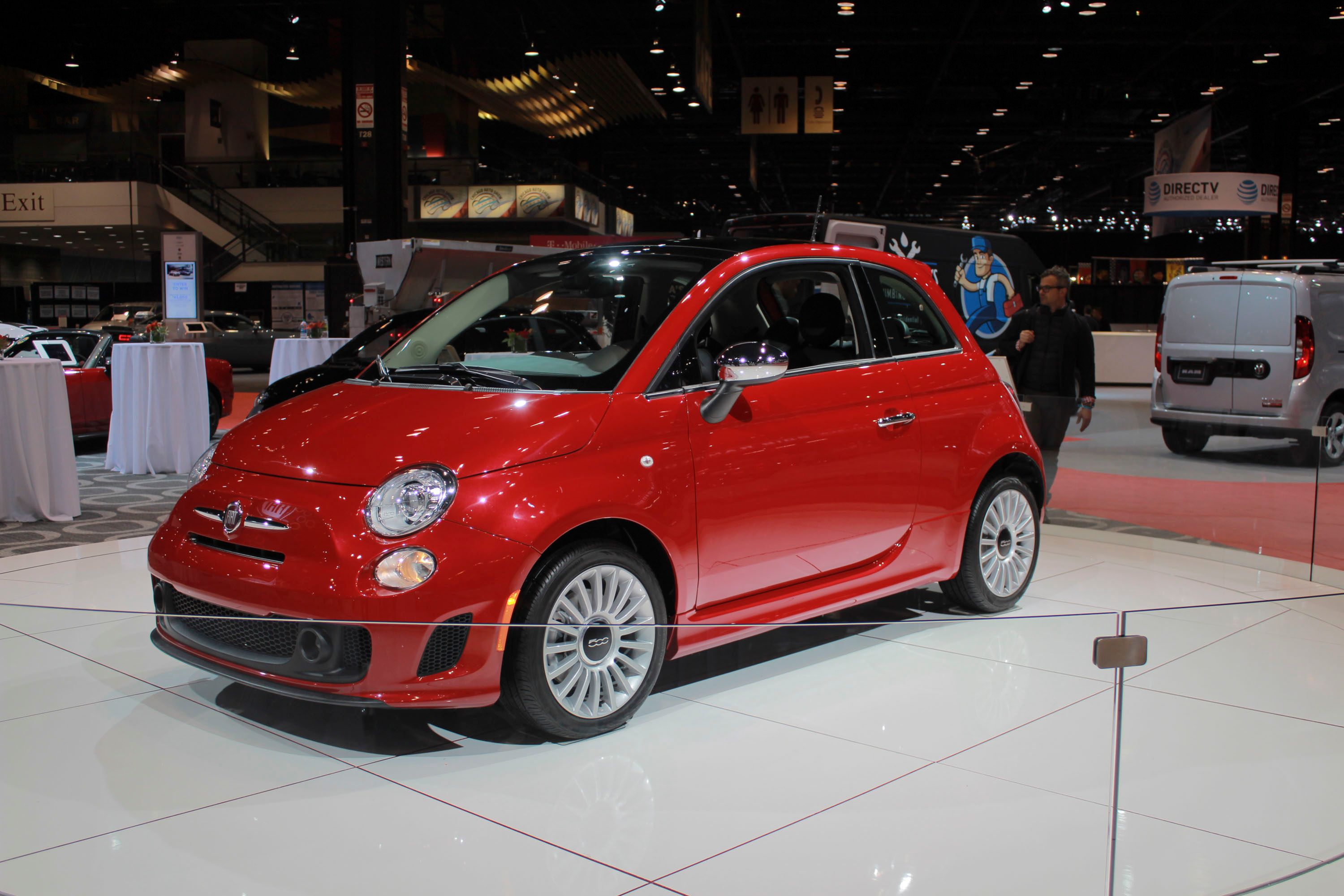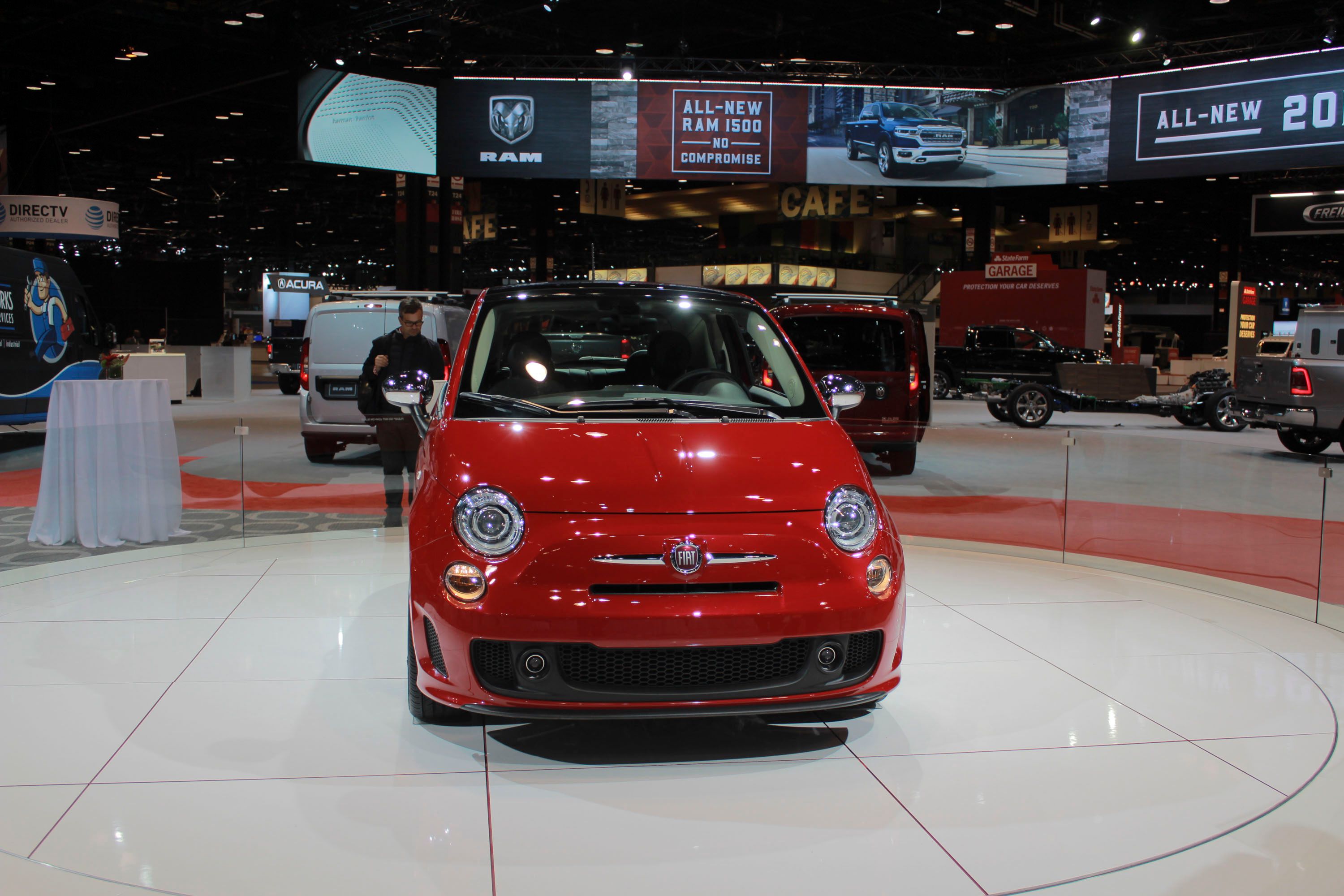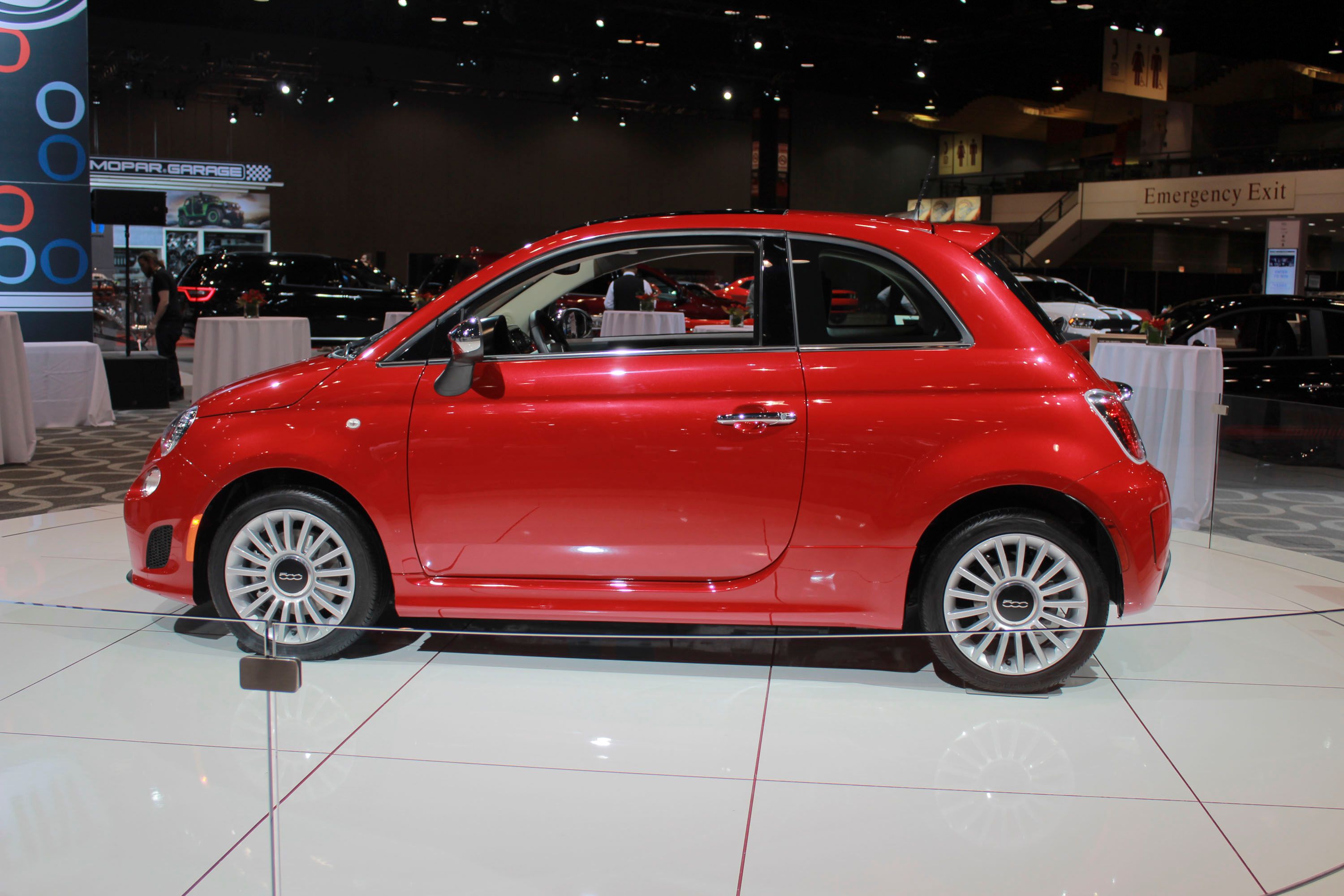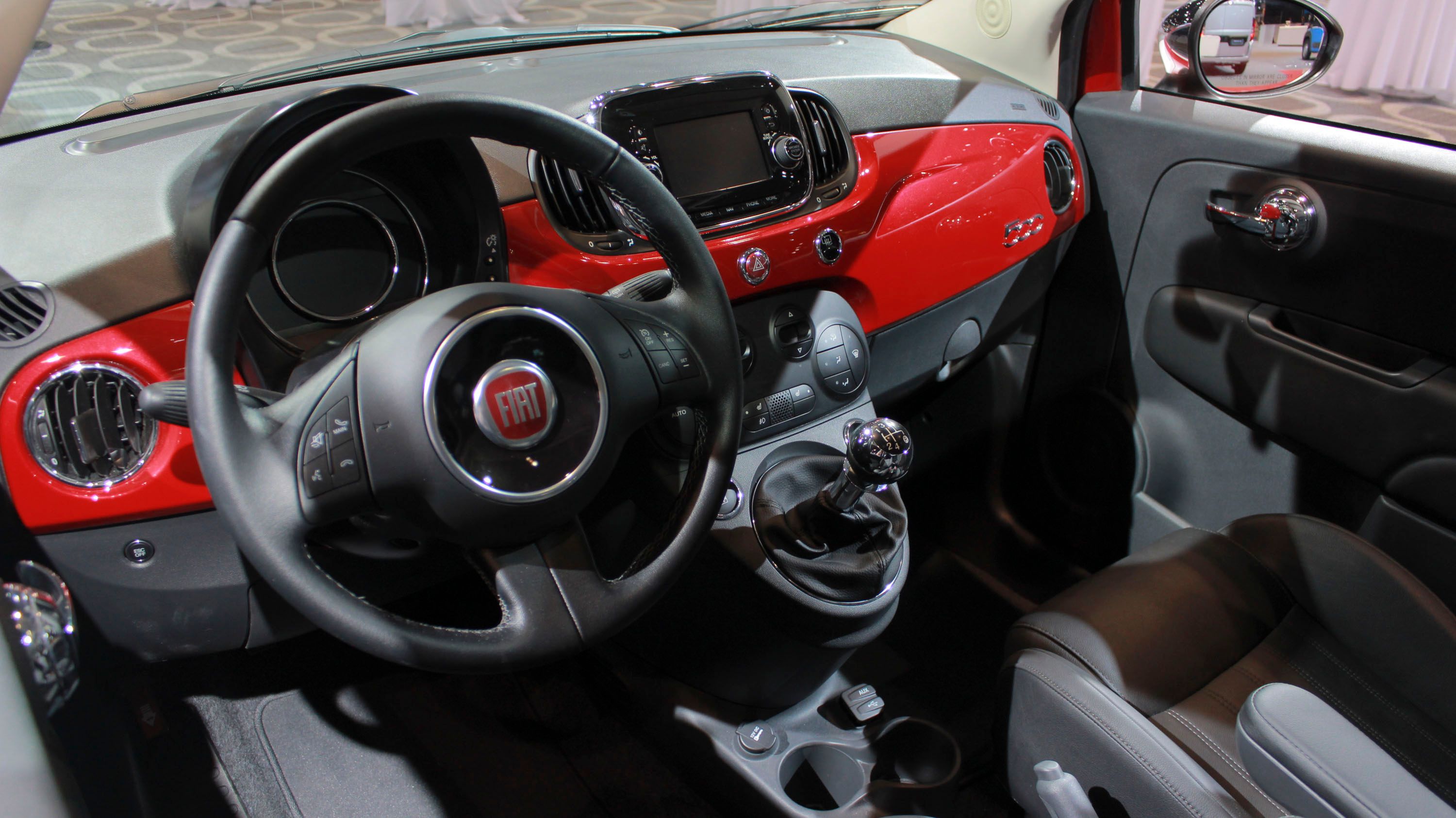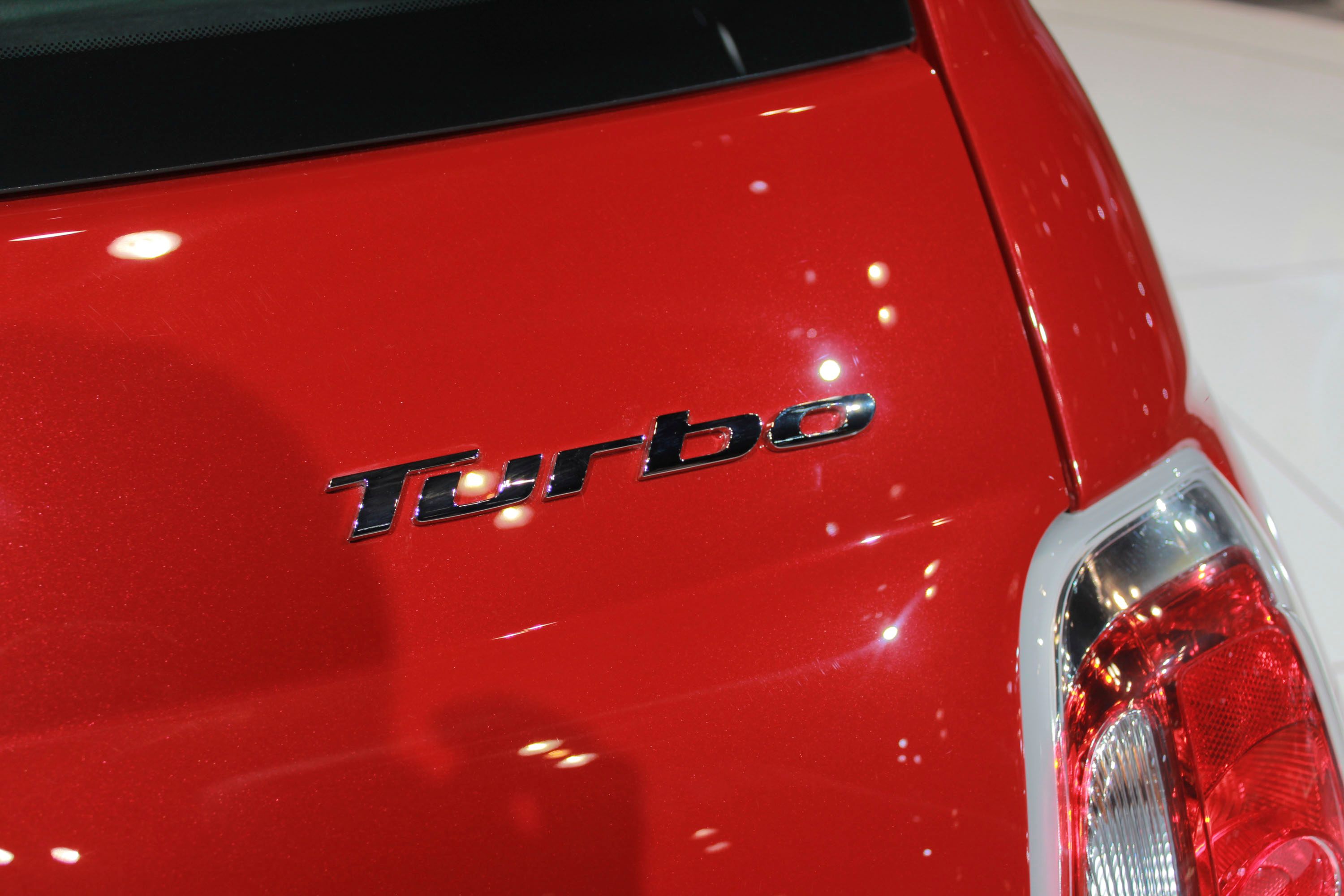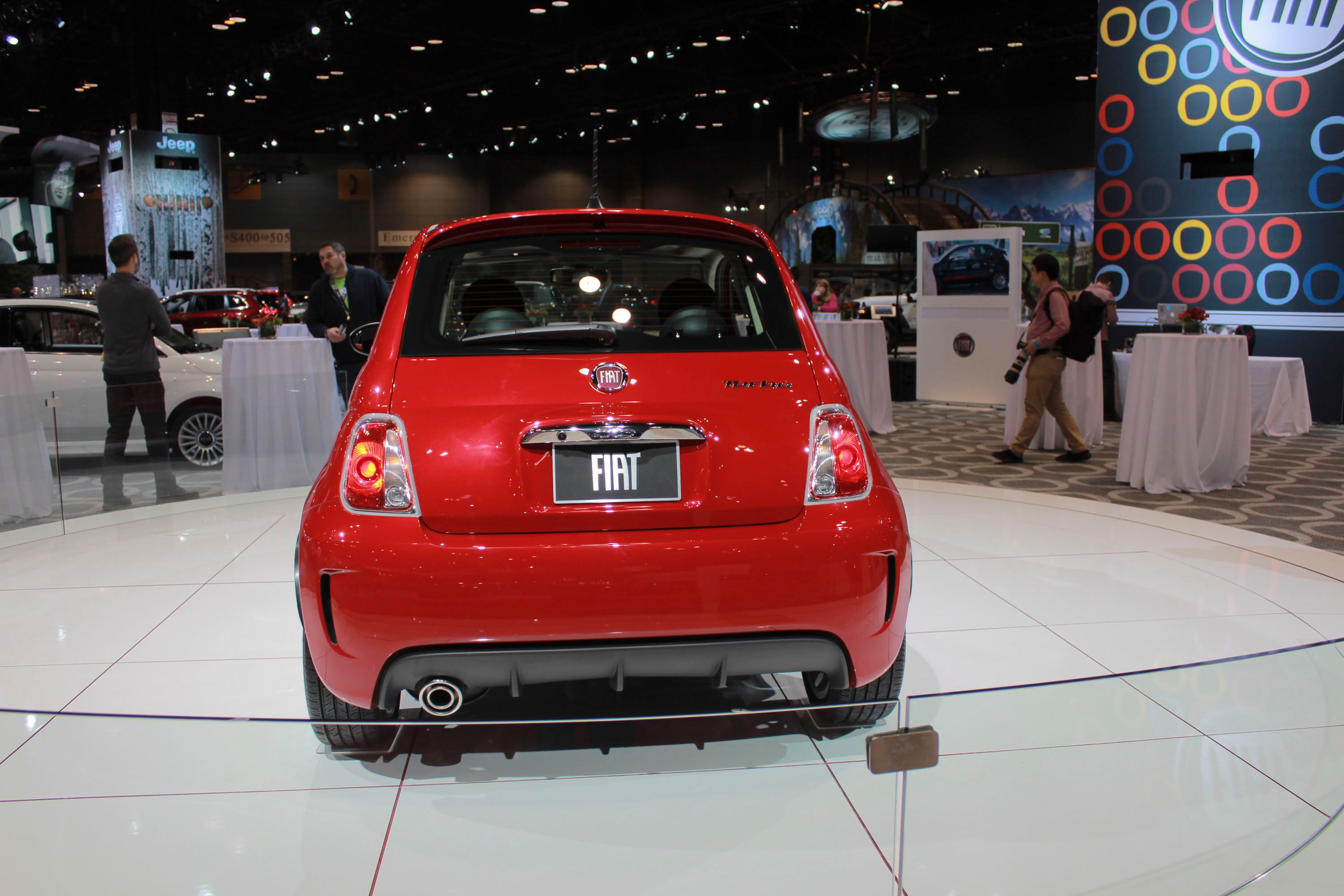When the Fiat 500 was first introduced way back in 1957, it was offered as a zippy little runabout that could tackle the pressures of city driving in style. While not necessarily fast, the 500 was considered quick enough, and it offered the diminutive exterior dimensions desired for urban living. Since then, the 500 has changed. It's bigger now, and the name has been applied to other segments as well, with both a tall-riding crossover and all-electric iterations making their debut over the years. Unfortunately, as we all know, these segments aren't necessarily bywords for fun, and the world's standard for “quick enough” has moved on. Now, though, it looks like the Italian icon is getting a little closer to its fun-to-dirve roots thanks to a solid dose of turbocharging under the hood.
Continue reading for the full story.
The Full Story
The big news here is that each of the trim levels for the 2018 model year Fiat 500 will now come equipped with a 1.4-liter MultiAir turbocharged engine offering as much as 33 percent more horsepower than before.
We like this. We think that forced-induction motivation is just the right fit for the 500, a model that should focus on zippy fun and attitude over anything practical. And considering the car's relatively low weight (roughly just 2,500 pounds), a little more horsepower can go a long way to capturing that youthful feeling.
“With an all-turbo lineup, the iconic Fiat 500 now offers an even more dynamic driving experience and more standard horsepower than any of its competitors,” says Head of Passenger Car Brands at FCA, Steve Beahm. “In fact, the entire Fiat brand lineup now comes standard with turbocharged power, adding to our roster of fun-to-drive, Italian-designed vehicles.”
Buyers can get theirs in one of three separate trim levels. That includes the Pop, the Lounge, and the top-dog performance-oriented Abarth model.
Let's start at the bottom with the Pop and Lounge. As previously stated, both now receive a 1.4-liter MultiAir powerplant with a single turbo, two intercoolers, and a sporty exhaust. Output sees a jump to 135 horsepower and 150 pound-feet of torque, an increase of 34 horses and a whopping 52 pound-feet over the previous model's naturally aspirated 1.4-liter lump (101 horsepower and 98 pound-feet of torque).
That's a not-so-insignificant increase, and it'll surely make the 500 immensely more interesting to drive. The horsepower is great, and should help to drop the 0-to-60 mph time from just under 10 seconds to a figure estimated at somewhere in the high-7's to low-8's. However, we're more interested in the sizable torque increase, which will double-underline the 500's around-town scootin' ability. The low curb weight should help it handle as well.
Routing the power to the front axle is a five-speed manual transmission as standard, or an optional six-speed automatic for those who prefer two pedals over three. In the corners, the base-grade and mid-grade 500's both get 16-inch aluminum wheels as standar now, plus performance brakes and sport suspension as well, the latter of which should do well to compliment the new-found power. A ParkView rear backup camera helps out in the cabin, while styling updates to the exterior include body-colored front and rear fascias, side-skirt ground effects, a sport spoiler, fog lamps, and a Turbo badge declaring the car's fresh forced-induction status.
Meanwhile, performance enthusiasts are encouraged to get into the Fiat 500 Abarth model. Unfortunately, the Abarth's power output goes unchanged with this recent refresh, but that's okay. With 160 horsepower and 183 pound-feet of torque on tap from a tuned version of that 1.4-liter turbo four we just mentioned (manual Abarth models still get a small torque cut, down to 160 horsepower and and 170 pound-feet of torque compared to the automatic models), the Abarth is a solid little performer in its own right.
To that end, the Abarth gets more of the previously mentioned performance gear for the suspension and brakes. There's also a three-mode stability control system and torque transfer control (TTC) system, both of which apparently “maximizes throttle performance during on-throttle cornering.” Styling points are awarded thanks to standard 16-inch Hyper Black wheels made from aluminum. Wrapped around the rollers are sticky Pirelli tires, while under the spokes are red-painted brake calipers. Out back is an Abarth-exclusive exhaust with a double-tip design.
Move to the interior of the Abarth, and you'll find unique front seats with big lateral bolsters and a one-piece design, plus harness pass-through points if you're really looking to upgrade for track duty. Accent stitching was added to the upholstery, while aluminum pedal covers with black rubber inserts are in the foot well. A boost gauge can be found in the left-hand corner of the gauge cluster.
Put the 500 Abarth into Sport mode, and the boost gauge will light up with the word Sport. There's also a shift light in the cluster that'll help you nail the ideal up-shift points in the rev range.
Fiat is calling the Abarth package “track-ready,” and to really bring the point home, it's offering customers a free one-day driving session at the Bob Bondurant School of High-Performance Driving. And that's awesome. We wish more automakers would throw in driving school with its high-performance packages. It would save us the time of making fun of buyers who crash in less than a mile after taking delivery.
Finally, the new 500 comes with three new exterior colors to round it out, including Brillante Red, Mezzanotte Blue Pearl, and Vesuvio Black Pearl, bringing the paint options list to 11 entries total. There's also the open-top Cabrio options if you're looking for extra headroom.
Dealers are placing their orders now, and deliveries are expected for the second quarter of the year.
Pricing is not yet available, but the model received a considerable MSRP cut last year, bringing it down to $14,995 for the Pop, $18,495 for the Lounge, and $19,995 for the Abarth. The rest of the line includes the all-electric 500e, the up-sized 500L, and the sub-compact 500X crossover.
All told, we think the extra turbo power under the hood is a good move, especially considering sales for the 500 have taken a hit lately. With demand in the U.S. market focused primarily on large SUVs, we think the 500 has to double down on what it does best – namely zesty performance, fun factor behind the wheel, and oodles of style everywhere. Leave the SUVs where they are.
For the sake of comparison, Fiat's primary competitor, the Mini Cooper, is more powerful and offers more customization options, but at the cost of about $6,600 extra on top. And that's a huge gulf to bridge when you consider you can get into a base-model Fiat for just 15 grand. Now, thanks to the inclusion of turbo power, the Fiat is looking mighty tempting indeed.
The question is – will consumers agree?
References
Fiat 500
Read our full review on the 2017 Fiat 500.
Read our full review on the 2017 Fiat 500 Abarth.
Read more Chicago Auto Show news.
Read more Fiat news.

